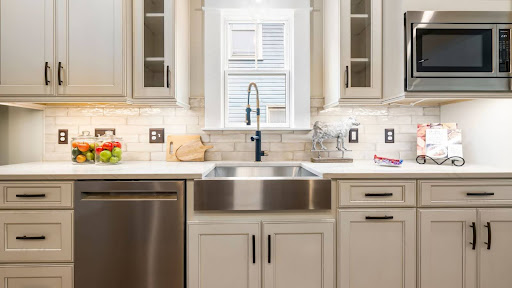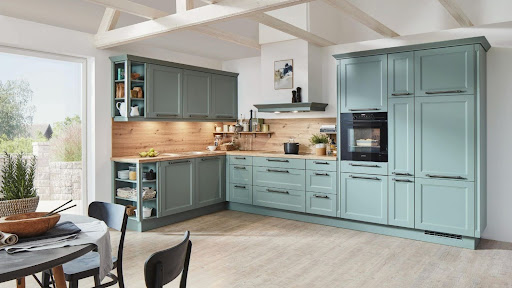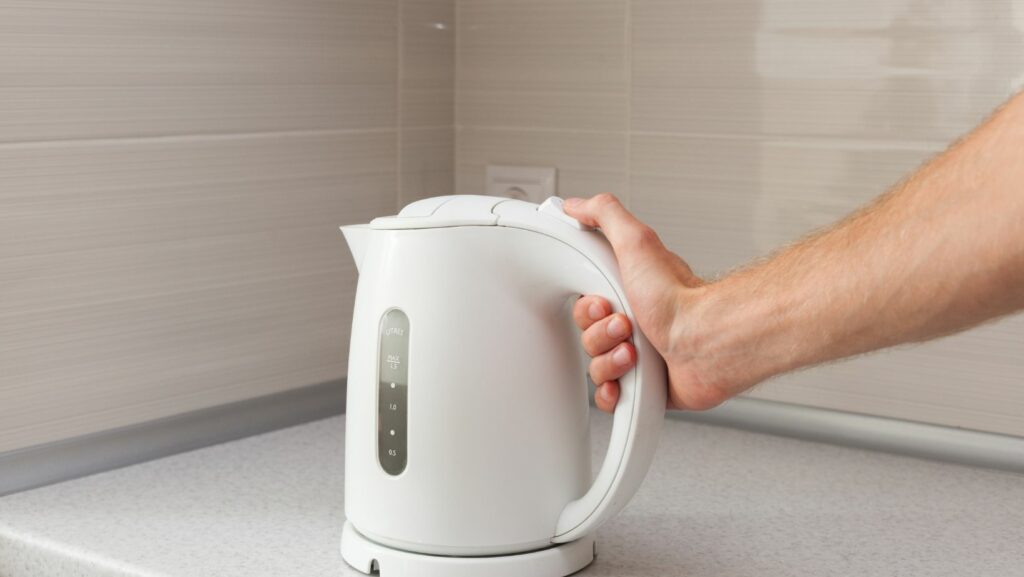“Bulk cabinet orders can seem challenging, but there are clear steps to keep quality steady each time. Quality across large orders depends on keeping close communication with suppliers, doing regular quality checks, and understanding what materials and finishes will be used. These steps help keep every cabinet up to the same standard. Good communication with the supplier helps avoid mistakes and sets clear expectations for each order. Regular checks during production make it easier to catch problems early, which saves time and money. When these habits become part of every bulk order, contractors and clients can feel confident about the final results.
Establishing Quality Standards for Bulk Cabinet Orders
Bulk cabinet orders require clear and specific rules for materials, manufacturing, and design so every piece meets the same level of quality. Good standards help builders, contractors, and suppliers avoid confusion and costly mistakes.Defining Material Specifications
Material choice is one of the most important factors for kitchen cabinets for contractors and builders . Contractors should clearly list what materials are to be used. For cabinets, this usually means specifying plywood grades, hardware type, and finish. A simple table can help:| Cabinet Part | Material | Grade |
| Box | Plywood | A or B |
| Face Frame | Hardwood | Clear Grade |
| Back Panel | MDF or Plywood | B |
| Doors | Hardwood | Clear Grade |
| Shelves | Plywood | B |
Setting Manufacturing Tolerances
Clear tolerances mean parts will fit together in every order. By stating exact measurements for cabinet height, depth, and width, even in large batches, each piece will have the same fit and finish. It’s necessary to include the allowed margin for error.
For example:
It’s necessary to include the allowed margin for error.
For example:
-
- Cabinet width: 24” ± 1/16”
-
- Door gap: 1/8” ± 1/32”
Documenting Design Requirements
All cabinet features, styles, and finishes should be written down before production. Design documents must note details like:-
- Door style (e.g. shaker, slab)
-
- Desired stain, paint color, or finish
-
- Placement and type of hardware
-
- Interior features (like pull-outs or dividers)
-
- Labeling and packaging instructions
Aligning Standards With Supplier Capabilities
Before ordering, it is important to check if the supplier can actually meet the material, manufacturing, and design standards set for the project. Some suppliers offer wholesale cabinets for contractors and builders that meet strict requirements on quality and lead time. Open conversations help avoid surprises. Contractors should share their standards up front and ask if the supplier can keep up with those expectations for large batches. Visiting the manufacturing facility or reviewing test cabinets is a good way to see if standards match what is promised. If the supplier’s ability is limited, changes should be made before work begins.Implementing Quality Assurance Processes
Quality assurance relies on having clear steps in place for each point of production, from supplier management to staff training. Consistent results come from clear standards, regular checks, and steady feedback.Supplier Vetting and Audits
Selecting the right suppliers is key to maintaining consistent quality. It starts by clearly listing needed materials, performance standards, and allowed variations in cabinet parts. Transparent communication with suppliers helps avoid mistakes and misaligned expectations. Regularly scheduled audits let companies check if suppliers are following agreed-upon rules and specifications. These audits can include site visits, sample checks, and document reviews. Auditing suppliers is not only about finding problems, but is also a way to spot trends and prevent quality issues before products reach manufacturing. Using a checklist during each audit, including checks for raw material consistency and product uniformity, keeps the reviews systematic. Companies may also hold review meetings to track supplier performance over time.Standardizing Quality Control Inspections
Frequent, repeatable inspections during production help catch errors early. Standardized quality checks involve having clear instructions and checklists for every inspection step, so each inspector looks for the same things every time. A solid inspection protocol might include:-
- Measuring the dimensions of cabinet parts
-
- Checking finishing quality (color, texture, smoothness)
-
- Confirming hardware placement
-
- Testing door movement and alignment
Ongoing Training for Production Teams
Even with good materials, quality can drop if the team does not use the correct assembly or finishing methods. All staff should receive training on how to use equipment, follow safety rules, and spot defects. Refresher sessions are helpful, especially when new equipment or changes in process appear. Training can include:-
- Hands-on practice with real parts
-
- Step-by-step guides for specific tasks
-
- Regular short quizzes or skill checks
Continuous Feedback and Process Improvement
Actively gathering feedback from inspectors, production employees, and customers helps spot areas needing attention. Short weekly meetings work well to share feedback and discuss any frequent defects or setbacks. If a certain type of defect keeps showing up, the process should be reviewed and improved. Process improvements might involve new equipment, small adjustments to workflow, or better job aids posted on the shop floor. Tracking every change in a log and measuring results shows which improvements are working. Clear feedback loops allow companies to react faster and deliver more consistent quality in each bulk cabinet order.
Tracking every change in a log and measuring results shows which improvements are working. Clear feedback loops allow companies to react faster and deliver more consistent quality in each bulk cabinet order.



